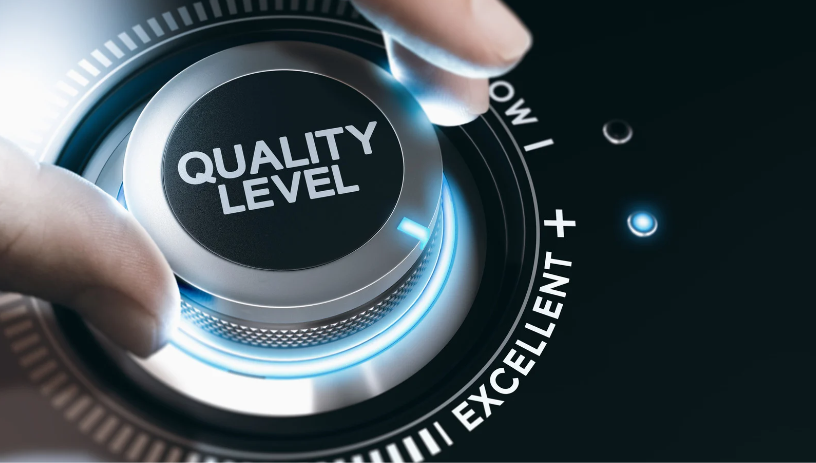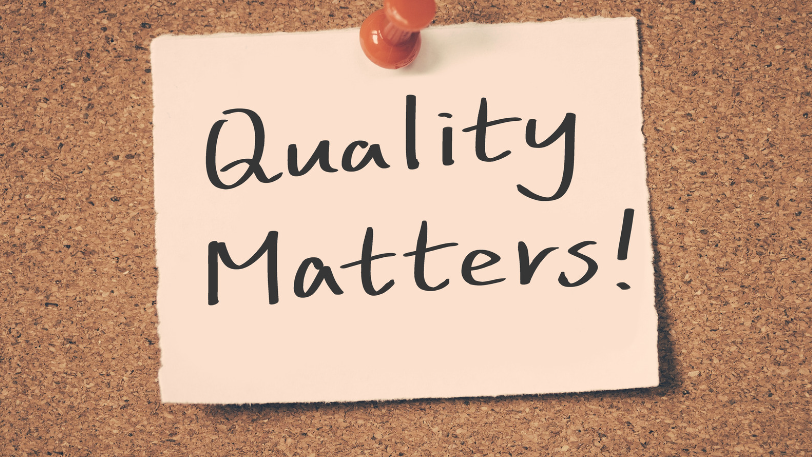Navigating the landscape of quality risk management is crucial in today’s dynamic business environment. As a seasoned expert in the field, I’ve witnessed firsthand the impact of effective risk management practices on organizational success. From identifying potential risks to implementing mitigation strategies, the journey towards ensuring quality standards is a multifaceted one that requires diligence and foresight.
I’ll delve into the key principles and best practices of quality risk management, offering insights that can empower businesses to proactively address challenges and seize opportunities. By adopting a proactive approach to risk assessment and mitigation, organizations can not only safeguard their reputation and bottom line but also foster a culture of continuous improvement and innovation. Join me as we explore the transformative power of quality risk management in driving sustainable business growth.
Quality Risk Management
Steps for Implementation
 To implement Quality Risk Management effectively in organizations, I begin by conducting a thorough risk identification process. I assess and classify potential risks based on their severity and likelihood of occurrence. Next, I prioritize these risks to focus on those that could have the most significant impact on quality standards.
To implement Quality Risk Management effectively in organizations, I begin by conducting a thorough risk identification process. I assess and classify potential risks based on their severity and likelihood of occurrence. Next, I prioritize these risks to focus on those that could have the most significant impact on quality standards.
Once the risks are identified, I develop robust risk control measures. I establish clear guidelines and procedures to mitigate these risks and prevent quality issues from arising. Regular monitoring and evaluation of these controls are essential to ensure their effectiveness in managing risks proactively.
Commonly Used Tools and Techniques
In my practice of Quality Risk Management, I rely on various tools and techniques to enhance risk identification, assessment, and control processes. Risk assessment matrices, such as the Failure Mode and Effects Analysis (FMEA), help me prioritize risks based on severity and occurrence likelihood.
I utilize Ishikawa diagrams, also known as fishbone diagrams, to identify root causes of quality risks. These visual tools enable me to analyze potential factors contributing to risks and develop targeted solutions for risk mitigation.
Challenges in Quality Risk Management
Identifying and Analyzing Risks
 In Quality Risk Management (QRM), one of the primary challenges is accurately identifying and analyzing risks. It’s imperative to have a comprehensive understanding of potential risks that could impact the quality standards of an organization. Without a precise identification process, critical risks may be overlooked, leading to potential quality issues down the line. Analyzing risks involves a detailed examination of their probability and potential impact on operations. This step is crucial in prioritizing risks based on their severity and likelihood of occurrence.
In Quality Risk Management (QRM), one of the primary challenges is accurately identifying and analyzing risks. It’s imperative to have a comprehensive understanding of potential risks that could impact the quality standards of an organization. Without a precise identification process, critical risks may be overlooked, leading to potential quality issues down the line. Analyzing risks involves a detailed examination of their probability and potential impact on operations. This step is crucial in prioritizing risks based on their severity and likelihood of occurrence.
Another significant challenge in QRM is effectively mitigating and communicating risks. Once risks have been identified and analyzed, developing robust risk control measures is essential to mitigate their impact. However, determining the most suitable mitigation strategies can be complex, requiring a deep understanding of the risks and their potential consequences. Additionally, clear and timely communication of identified risks to relevant stakeholders is essential for proactive risk management.
Benefits of Effective Quality Risk Management
Improvement in Product Quality
 Effective Quality Risk Management (QRM) leads to a significant enhancement in product quality. By identifying potential risks early in the production process, I can address them promptly, ensuring that products meet or exceed quality standards. This proactive approach results in fewer defects, improved reliability, and overall better quality outcomes. For example, by using tools like Failure Mode and Effects Analysis (FMEA), I can anticipate and prevent quality issues, resulting in products that consistently meet customer expectations.
Effective Quality Risk Management (QRM) leads to a significant enhancement in product quality. By identifying potential risks early in the production process, I can address them promptly, ensuring that products meet or exceed quality standards. This proactive approach results in fewer defects, improved reliability, and overall better quality outcomes. For example, by using tools like Failure Mode and Effects Analysis (FMEA), I can anticipate and prevent quality issues, resulting in products that consistently meet customer expectations.
Implementing robust Quality Risk Management practices ultimately results in enhanced customer satisfaction. By proactively managing risks throughout the product life cycle, I can minimize the likelihood of quality issues reaching customers. This not only improves the overall product experience but also boosts customer confidence in the brand. Clear communication of identified risks and mitigation strategies demonstrates a commitment to quality and customer satisfaction. As a result, customers are more likely to trust the products and services offered, leading to increased loyalty and positive word-of-mouth recommendations.


